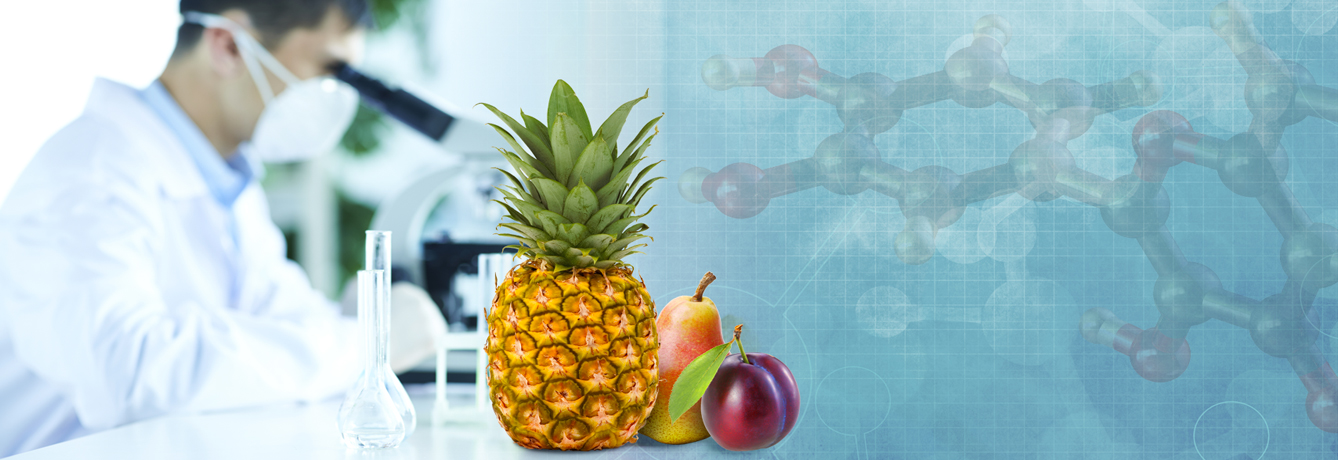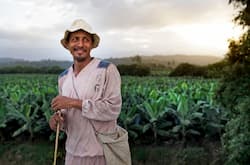Rethinking Antioxidants

Most people know the word “antioxidant” but new research from the Dole Nutrition Institute has uncovered that we may not know exactly how they work. DNI scientists investigated antioxidant capacity of fruits and vegetables and how different components of plants may influence health, revealing significant and somewhat surprising conclusions. Results have now been published in the Journal of Nutrition.
Antioxidants in foods are conventionally thought to act by trapping free radicals, highly reactive molecules that can have damaging effects in the body. Traditionally, antioxidants have been measured by oxygen radical absorption capacity (ORAC score), a laboratory index of the potential for a food to furnish antioxidant value in a test tube, or total phenolics content, a method which identifies specific structures of polyphenols in a food. However, DNI research finds these methods do not tell the whole story. Many healthful plant molecules may not be direct free radical scavengers at all and might actually work by inducing genetic responses that in turn destroy free radicals and benefit health.
DNI scientists looked at a variety of fruits and vegetables in the lab and analyzed how they activate antioxidant response elements (AREs), sequences of DNA in genes that provide codes for making enzymes that help protect cells from free radical damage. They also measured ORAC score and total phenolics for each piece of produce. Interestingly, some fruits and vegetables measured low in total phenolics and ORAC score but high in ARE activity, suggesting traditional measurements of antioxidant capacity do not give the full picture and are unable to predict which compounds in foods are able to deter free radical damage in a different way.
The main purpose of this study was to use this pathway to compare the antioxidant potential between different fruits and vegetables, and this new method for measurement suggests surprisingly high potential for foods not generally celebrated for antioxidant power, such as pineapples, pears and plums. Results also found fruit and vegetable peels tend to hold greater ARE activation potential than flesh, giving another reason to wash and eat the whole cucumber, apple or potato and to use the organic versions.
More research is to come on what this might mean for human health!
Published October 1, 2015
Get Some Fresh Inspiration


